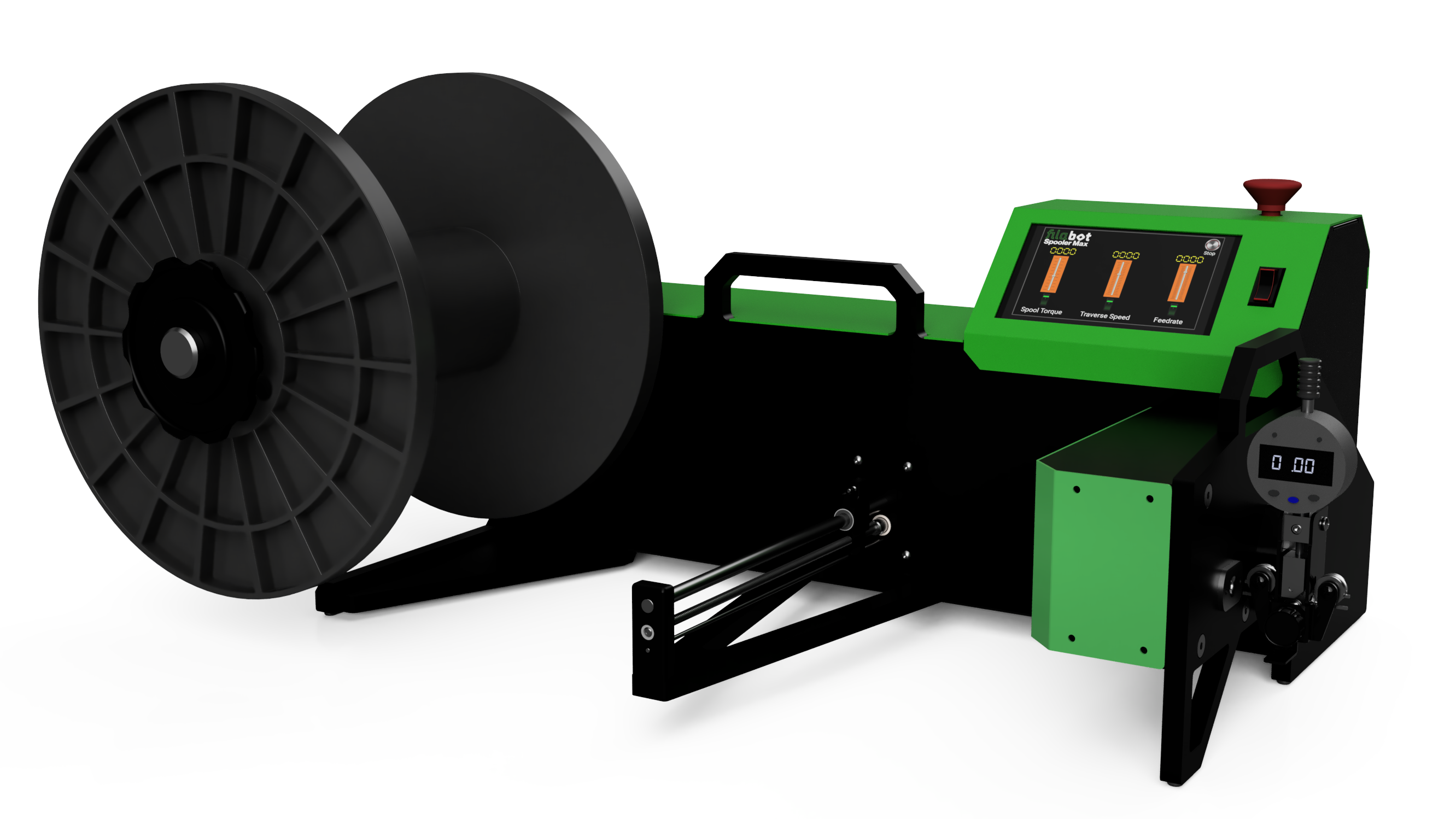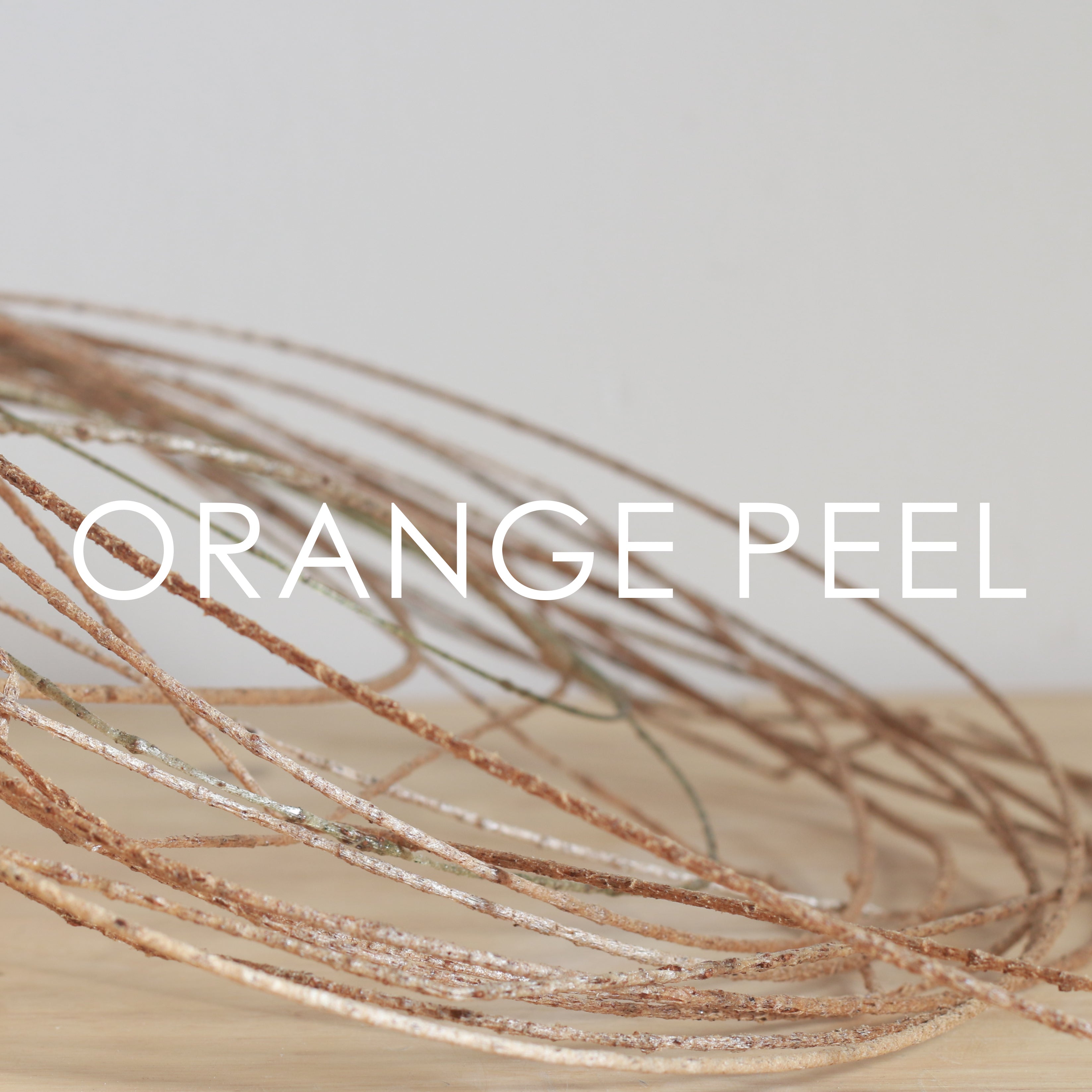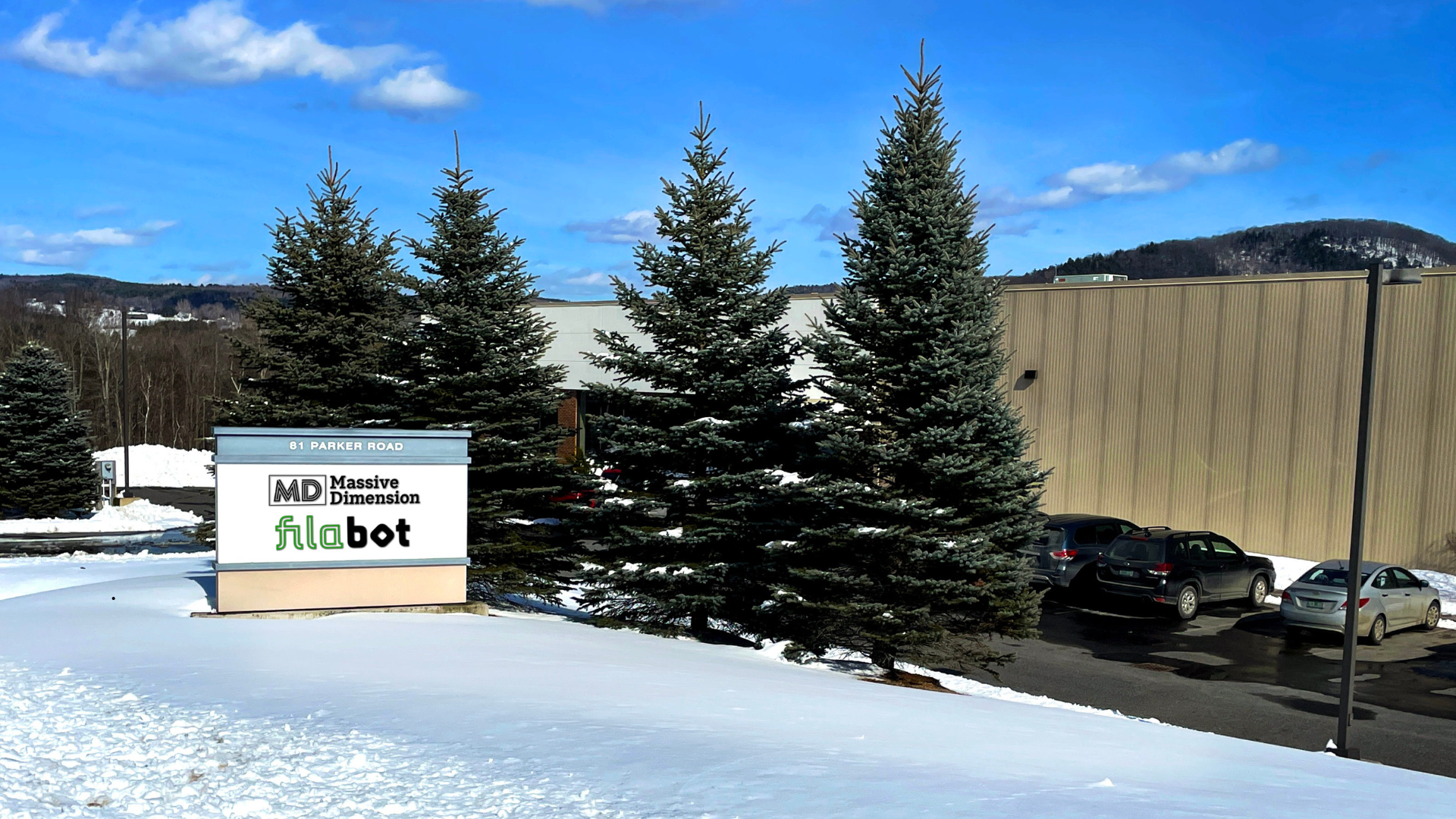Having completed their initial material studies to create 3D printing filaments from recycled PETG and an additive of their choosing, the MDD Digital Assemblies students students were grouped and tasked with exploring form using 1-2 of the following design prompts: Material Arcs, Protest as Form, Tactile Communication, Fascination, For Loops, and Aleatory Methods.
Over the course of 1-2 weeks, groups refined their concepts and objects, beginning with sketches and simple prototypes, and progressing through to scale printing using their filaments produced using the Filabot EX2 and desktop 3D printers.
Aleatory methods - relating to or denoting form involving elements of random choice - were by far the most popular method of exploration. Execution of this method included form finding via Pollock-esque paintings, using the forms of destruction, and even computational methods.
Click here to see all posts related to the University of Utah/ Binary collaboration.
Below are some photos from the experiments:














